Integrating Physiotherapy in Your Chiropractic Healing Journey
October 20, 2025
6 min

A Holistic Approach to Musculoskeletal Wellness
Exploring the benefits of integrating physiotherapy with chiropractic care reveals a comprehensive path to faster recovery, pain relief, and long-term wellness. This combined approach addresses both the structural and functional elements of the body, enhancing healing and preventing future injuries. By understanding the complementary roles of these therapies, patients can tailor treatments to their specific needs, promoting sustained health and improved quality of life.
Complementary Roles of Chiropractic Care and Physiotherapy

What are the key differences between chiropractic care and physiotherapy?
Chiropractic care primarily targets musculoskeletal disorders, with a strong focus on the spine and joint alignment. Chiropractors perform manual adjustments to restore proper joint function and improve nervous system communication, aiming to relieve pain and enhance mobility.
Physiotherapy, on the other hand, emphasizes strengthening muscles, increasing flexibility, and retraining movement patterns. It uses exercises, stretches, and therapeutic modalities to improve overall mobility and reduce pain.
How do chiropractic care and physiotherapy complement each other?
While chiropractic care focuses on restoring spinal and joint alignment, physiotherapy addresses muscle strength, flexibility, and functional movement. Together, they provide a comprehensive approach by tackling both structural and functional components of the body.
This combination promotes faster recovery, improved stability and mobility, and prevents future injuries by correcting imbalances and building strength.
Examples of conditions treated with combined care
- Back and neck pain
- Sports injuries
- Post-surgical rehabilitation
- Chronic arthritis symptoms
- Poor posture and movement dysfunctions
Integrating these therapies leverages their complementary roles, delivering holistic care tailored to each patient’s needs for better pain relief and improved quality of life.
Benefits of Integrating Physiotherapy with Chiropractic Care

What advantages does combining physiotherapy and chiropractic care offer?
Integrating physiotherapy and chiropractic care provides a powerful synergy that accelerates recovery and enhances pain relief. Chiropractic adjustments focus on realigning the spine and joints to restore proper nervous system communication, while physiotherapy strengthens muscles, improves flexibility, and retrains movement patterns. This dual approach tackles both the structural and functional aspects of the body.
Accelerated recovery and pain relief
The combination leads to faster pain relief as chiropractic care reduces joint restrictions and inflammation, making physical therapy exercises more effective. This allows patients to engage more fully in rehabilitation, promoting quicker healing.
Improved stability, mobility, and function
Together, these therapies enhance joint stability and overall mobility. As muscles become stronger and more flexible through physiotherapy, spinal adjustments help maintain correct alignment, improving movement efficiency and nervous system function.
Prevention of future injuries
An integrated treatment plan educates patients on proper movement and posture, addressing muscle imbalances and joint misalignments before they cause further problems. This proactive care reduces the risk of re-injury and supports long-term wellness.
Personalized treatment plans and holistic care
Health professionals tailor programs to individual needs, combining adjustments, exercises, and mobility techniques. This holistic care model treats underlying causes rather than just symptoms, ultimately improving quality of life through sustained health improvements.
Stages and Techniques in a Combined Chiropractic and Physiotherapy Plan
How are chiropractic care stages structured and integrated with physiotherapy?
Chiropractic care progresses through three main stages: Relief, Corrective, and Wellness. Relief Care aims to quickly alleviate symptoms like pain using spinal adjustments and therapeutic modalities. Following this, Corrective Care focuses on healing the root causes of discomfort. This stage involves rehabilitation exercises, stretching, and lifestyle changes to rebuild strength and correct imbalances.
Physiotherapy plays a crucial role, especially during the Corrective and Wellness stages. Techniques such as strengthening exercises, flexibility training, and neuromuscular re-education complement chiropractic adjustments. Together, they enhance joint stability, mobility, and overall function. Wellness Care centers on long-term prevention through ongoing monitoring, maintaining spinal alignment, and patient education.
Common chiropractic techniques used in combined care
- Diversified Technique: High-velocity, low-amplitude thrusts to restore spine and joint movement.
- Activator Method: Gentle, instrument-assisted adjustments ideal for sensitive cases.
- Thompson Drop Technique: Uses a specialized drop table for precise spinal adjustments.
These methods target joint alignment and nervous system function, providing quick pain relief and preparing patients for physiotherapy.
Physiotherapy modalities and exercises for flexibility and strength
Physiotherapy uses exercises tailored to improve muscle strength, flexibility, and endurance. Modalities such as manual therapy, neuromuscular retraining, and stretching help restore range of motion and support joint stability. These interventions are customized to individual needs and often include patient education to reinforce proper movement. See more on physical therapy exercises and stretches and physiotherapy muscle strengthening.
Complementary effects of chiropractic and physiotherapy techniques
By combining chiropractic adjustments with targeted physiotherapy exercises, patients benefit from accelerated recovery and pain reduction. Chiropractic care addresses skeletal alignment and nervous system health, enabling physiotherapy to optimize muscle function and movement patterns. This integrative approach ensures a comprehensive treatment plan that reduces the risk of future injury and supports long-lasting wellness. Learn more about the synergy of physical therapy and chiropractic care and combined chiropractic and physical therapy benefits.
Real-world Applications and Conditions Benefiting from Integrated Care

Which conditions benefit most from a combined chiropractic and physiotherapy approach?
Conditions such as chronic back pain, neck pain, sports injuries, arthritis symptoms, and recovery after surgery benefit significantly from integrated chiropractic and physiotherapy care. This multidisciplinary approach targets both the skeletal system and muscular function, making it effective for improving mobility and reducing pain.
Treatment of back pain, neck pain, sports injuries, arthritis, post-surgical recovery
By combining spinal adjustments with therapies like stretching, strengthening exercises, and manual therapy, patients experience faster recovery and better pain management. For instance, chiropractic care realigns the spine and joints to reduce nerve compression, while physiotherapy strengthens surrounding muscles and retrains movement patterns to support long-term function. This synergy is especially useful in sports injury rehabilitation and managing arthritis symptoms.
Case studies demonstrating improved outcomes with combined care
Research and clinical case reports show that patients receiving combined treatments often have quicker symptom relief and improved functional outcomes than those receiving either therapy alone. Enhanced nervous system communication through chiropractic adjustments complements physical therapy exercises, enabling better joint mobility and muscle performance.
How integration supports nervous system health and overall physical function
Chiropractic adjustments restore proper alignment, which improves nervous system function and reduces inflammation. Physiotherapy further assists healing by strengthening muscles and promoting flexibility. Together, they help prevent future injuries by educating patients about proper movement and posture, contributing to sustained wellness and improved quality of life.
Patient Education and Long-term Wellness Through Integrated Care
Why Are Personalized Treatment Plans Important?
Personalized treatment plans are at the heart of integrated chiropractic and physical therapy care. These plans are tailored to the unique needs of each patient, targeting specific conditions and functional goals. This customization ensures that therapies not only relieve symptoms but also address the root causes, aiding in long-lasting recovery and preventing future problems.
What Role Does Patient Education Play in Self-Care?
Educating patients on self-care is crucial. This includes teaching proper movement techniques, specific exercises to strengthen and stretch muscles, and lifestyle adjustments that support spinal health. Empowering patients with knowledge helps maintain the benefits of treatment between visits and encourages active participation in recovery.
How Does Ongoing Monitoring Support Recovery?
Regular follow-up appointments allow healthcare providers to track progress and make necessary adjustments to the treatment plan. This ongoing monitoring ensures that healing stays on course and that any emerging issues are addressed promptly, reducing the risk of setbacks.
How Can Integrated Care Prevent Re-injury and Enhance Quality of Life?
By correcting biomechanical imbalances and strengthening the musculoskeletal system, integrated care reduces the likelihood of future injuries. Patients benefit from improved posture, enhanced mobility, and better pain management. Ultimately, this leads to a higher quality of life, with sustained wellness beyond the completion of active treatment.
Integrative Therapy: A Pathway to Sustained Healing
Integrating physiotherapy with chiropractic care offers a holistic, effective pathway to healing that addresses both the body's structural and functional needs. Patients benefit from faster pain relief, tailored treatments, and preventive strategies that reduce the risk of future injury. This collaborative model empowers individuals to take active roles in their recovery and long-term wellness, ultimately enhancing their quality of life and physical function.
Recent articles
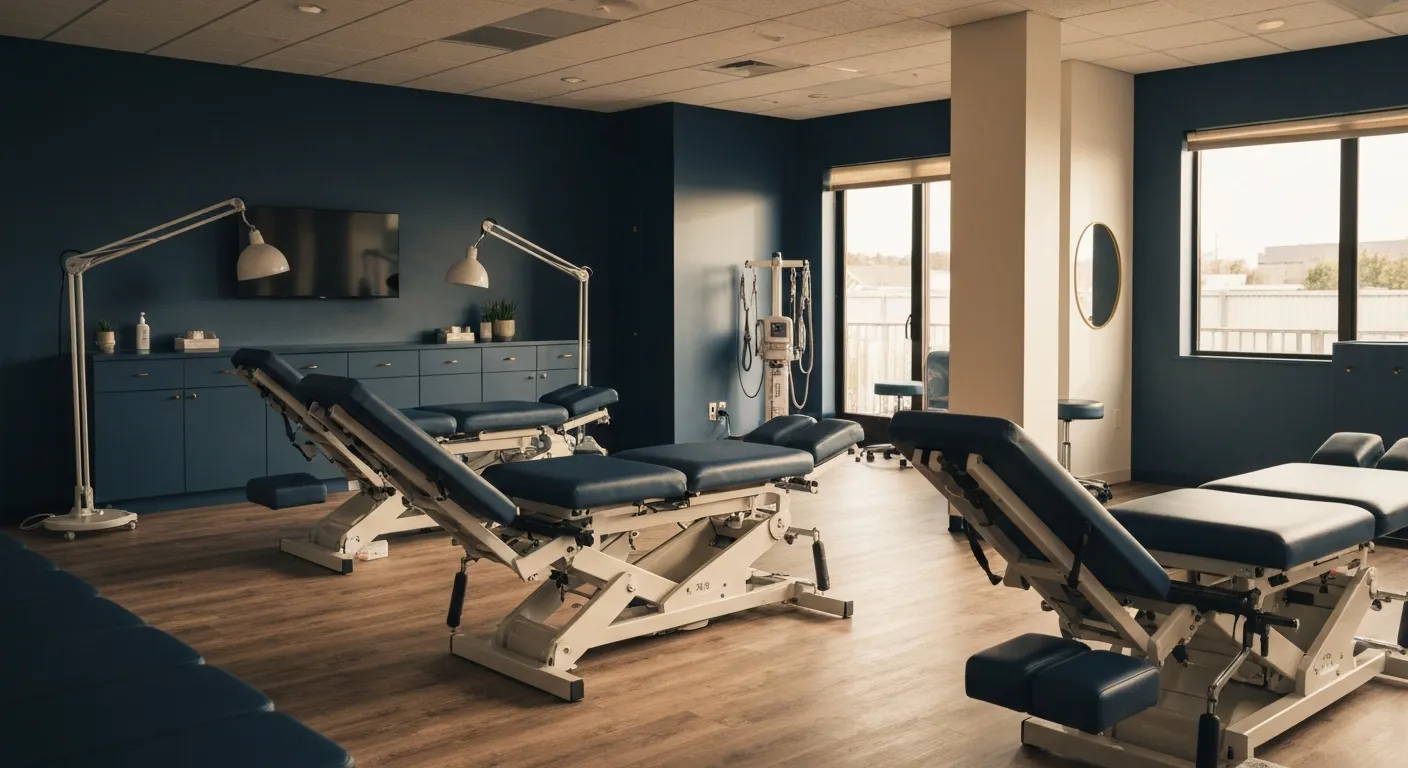
Long-Term Pain Relief Through Targeted Corrective Exercises

10 Benefits of Integrating Physiotherapy with Chiropractic Treatments

Corrective Exercises That Help Prevent Recurring Pain

8 Corrective Exercises Proven for Lasting Pain Relief

Lifestyle Habits for Maintaining a Healthy Spine
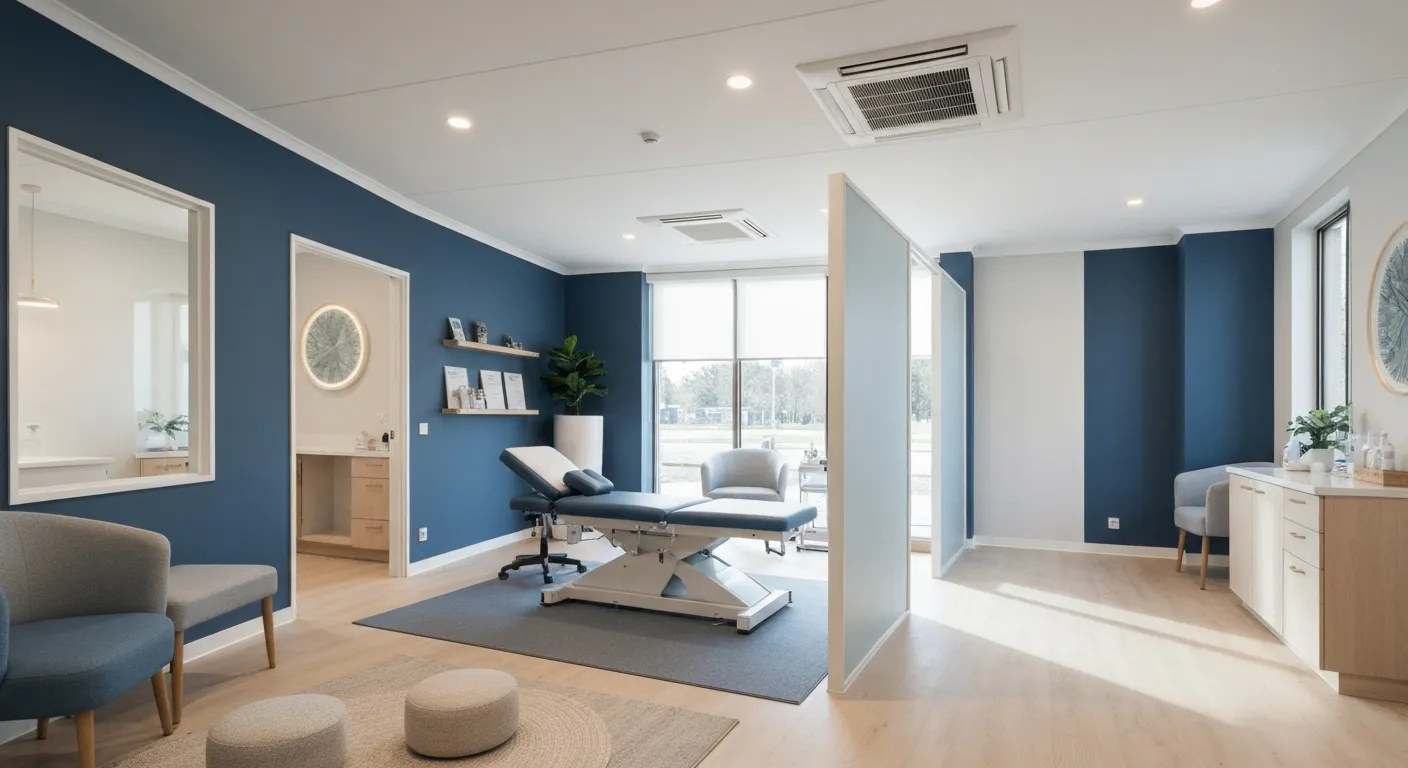
What You Will Experience at Your Initial Chiropractic Visit

What Happens at Your First Visit to a Chiropractor?
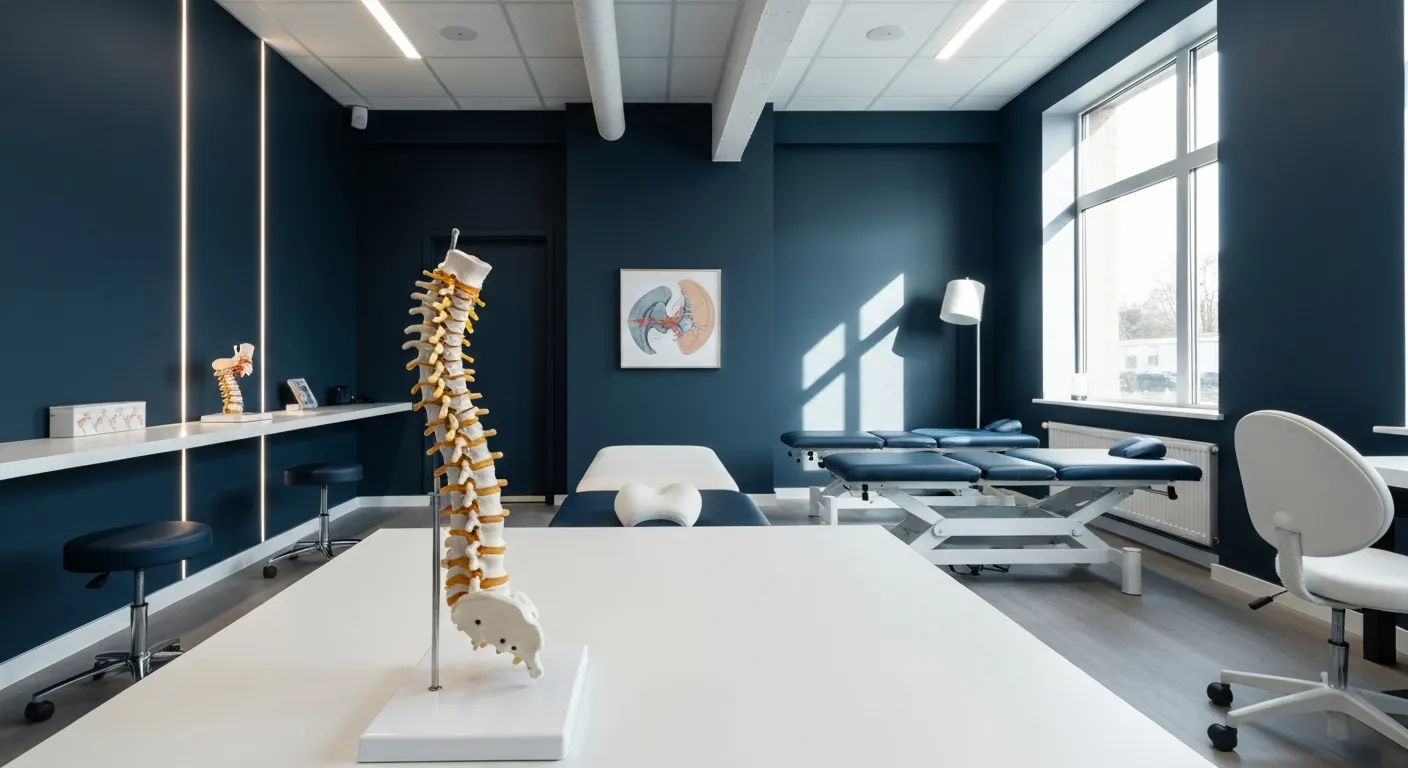
Focusing on Root Cause Analysis for Effective Pain Relief
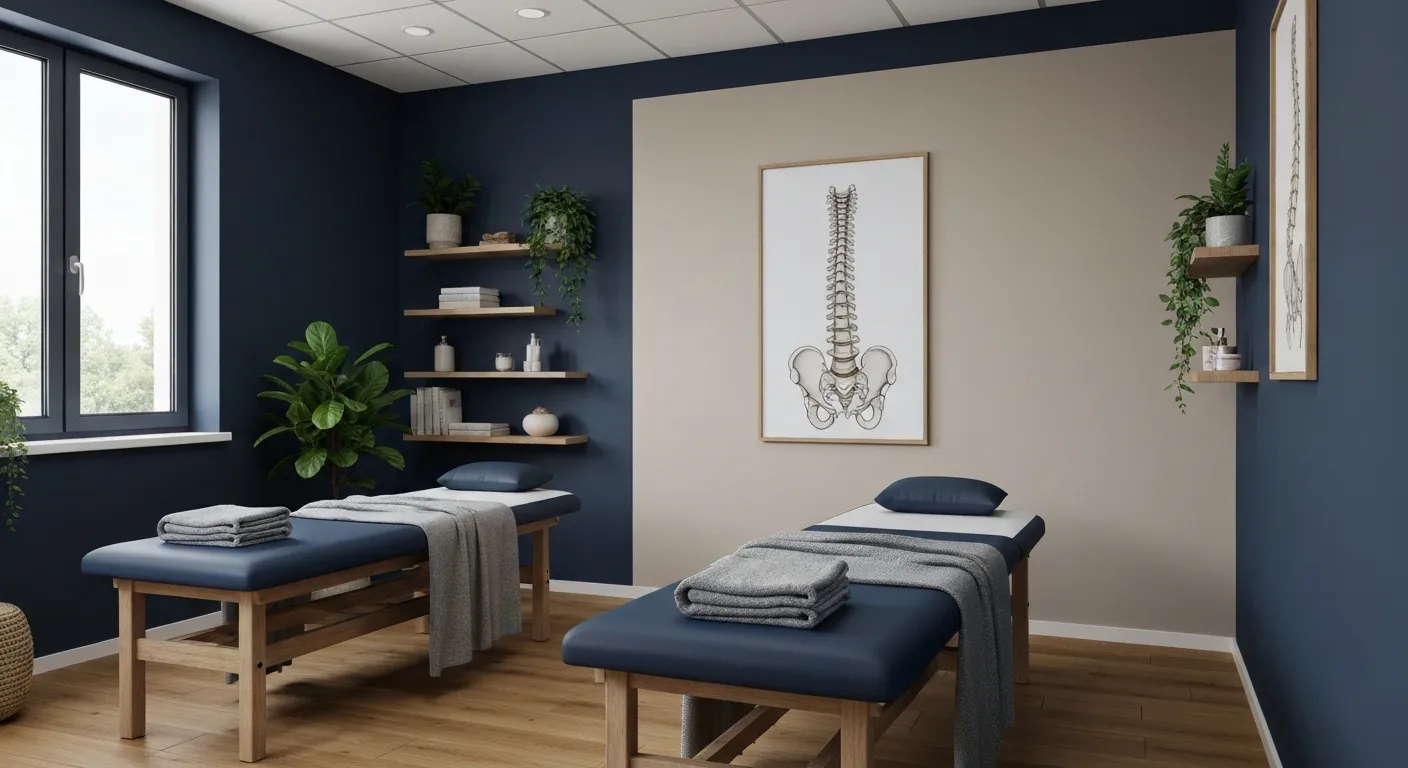
Tips for Lifestyle Changes to Support Spinal Health

Holistic Treatment Plans: Alternatives to Surgery for Chronic Pain

Enhance Wellness Through Personalized Nutritional Counseling

Non-Invasive Pain Relief: Exploring Holistic Treatment Alternatives
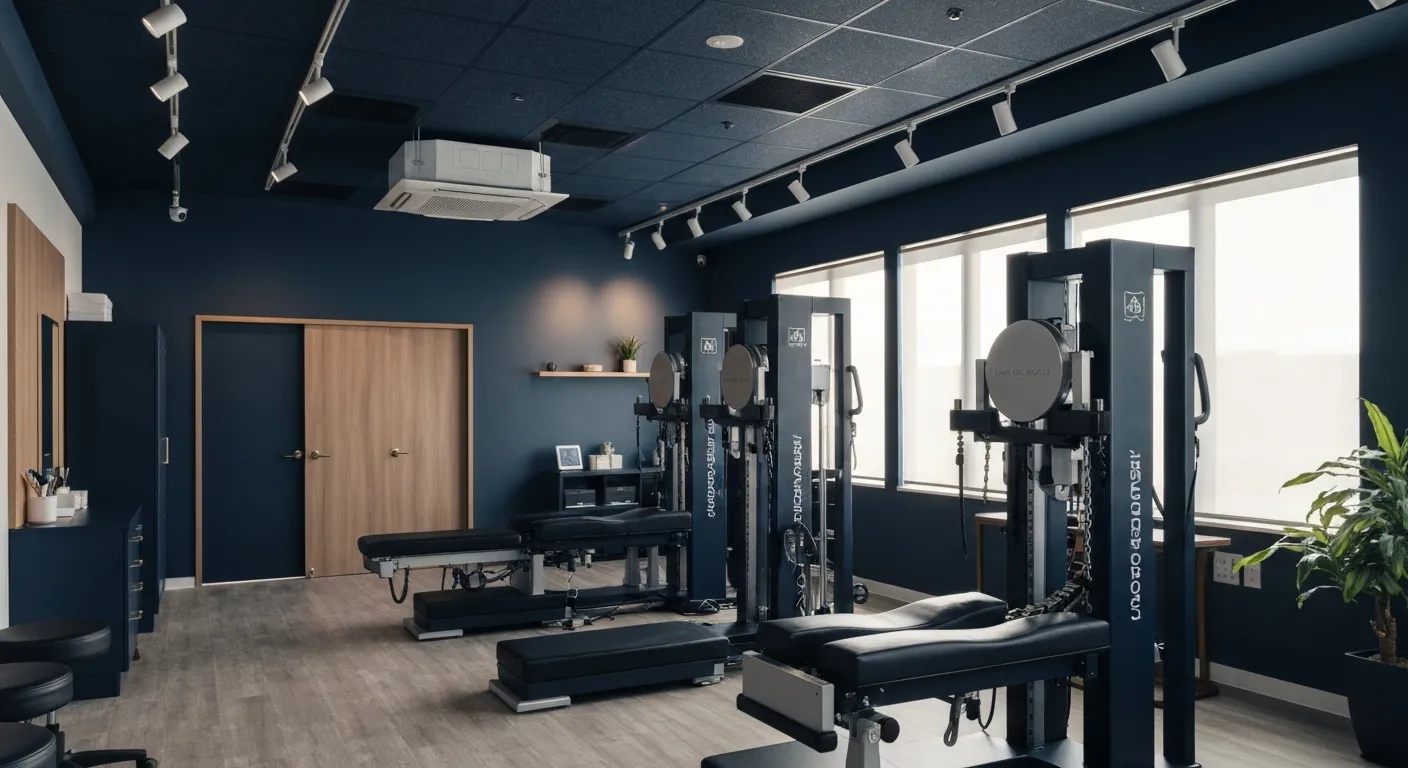
Sciatica Relief Through Targeted Spinal Decompression

Integrating Physiotherapy with Chiropractic Treatments for Better Results

Testimonials That Demonstrate the Benefits of Chiropractic Care

The Power of Corrective Exercises in Pain Management

A Step-by-Step Guide to Your Initial Chiropractic Consultation

9 Nutritional Tips to Enhance Your Chiropractic Wellness Journey

Patient Experiences: How Chiropractic Care Changed Their Lives

Lifestyle Recommendations to Keep Your Spine in Top Shape

Effective Corrective Exercises for Long-Term Pain Relief

Back Pain Benefits: What Chiropractic Care Can Do for You

Spinal Decompression Techniques for Effective Sciatica Relief

Top Nutritional Counseling Tips for Enhanced Wellness
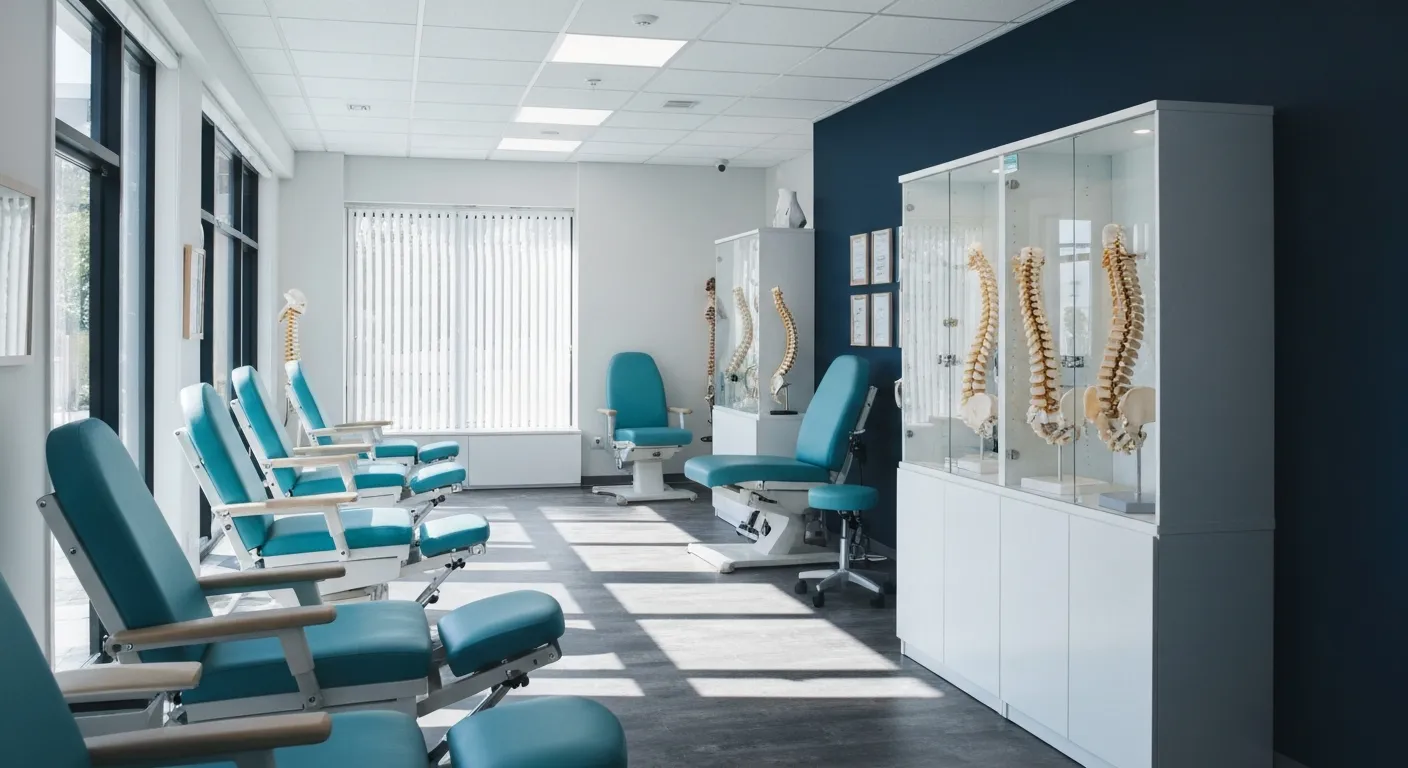
6 Lifestyle Habits That Boost Spine Health Daily

Discover Holistic and Non-Surgical Pain Relief Solutions

Exploring Holistic and Non-Surgical Treatment Options for Pain
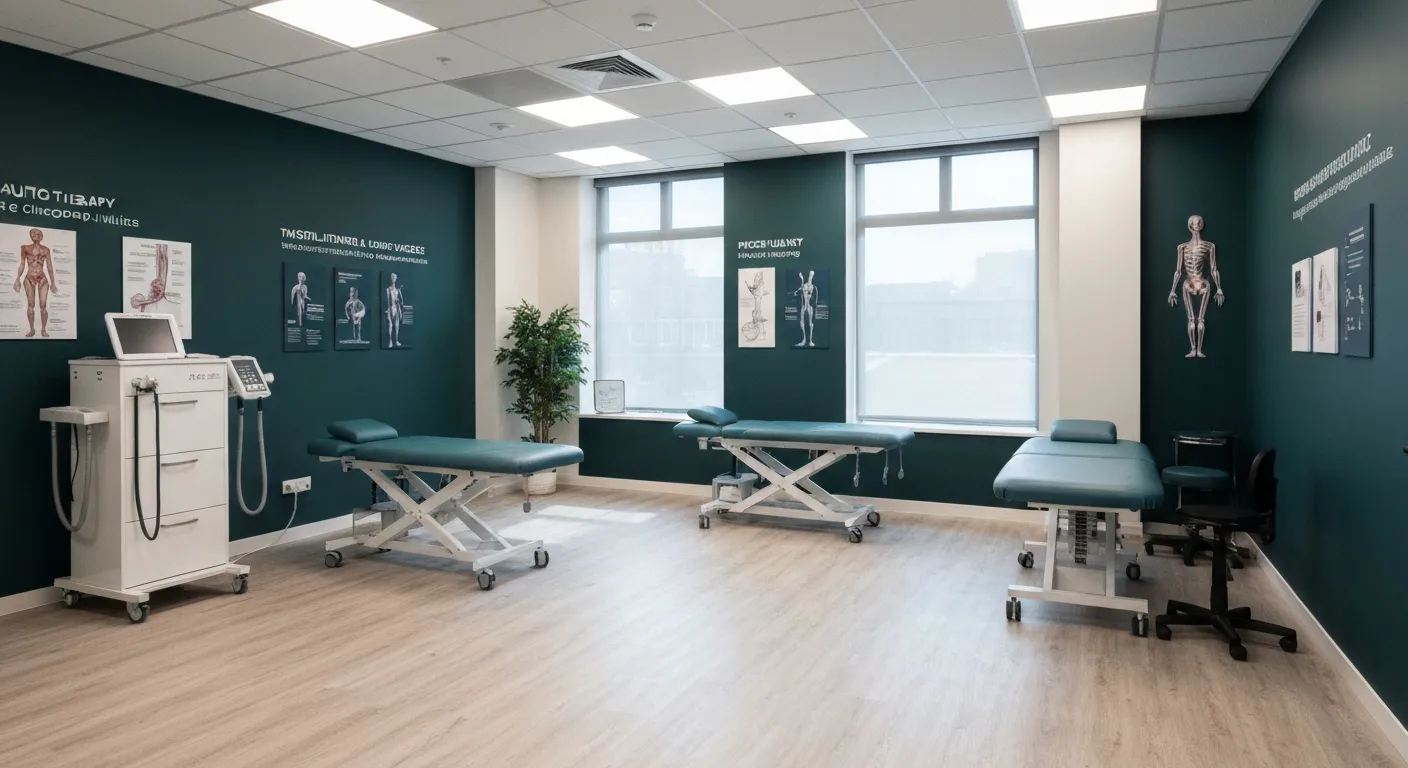
The Role of Physiotherapy in Enhancing Chiropractic Care Outcomes

Complementing Chiropractic Care with Physiotherapy: What You Need to Know
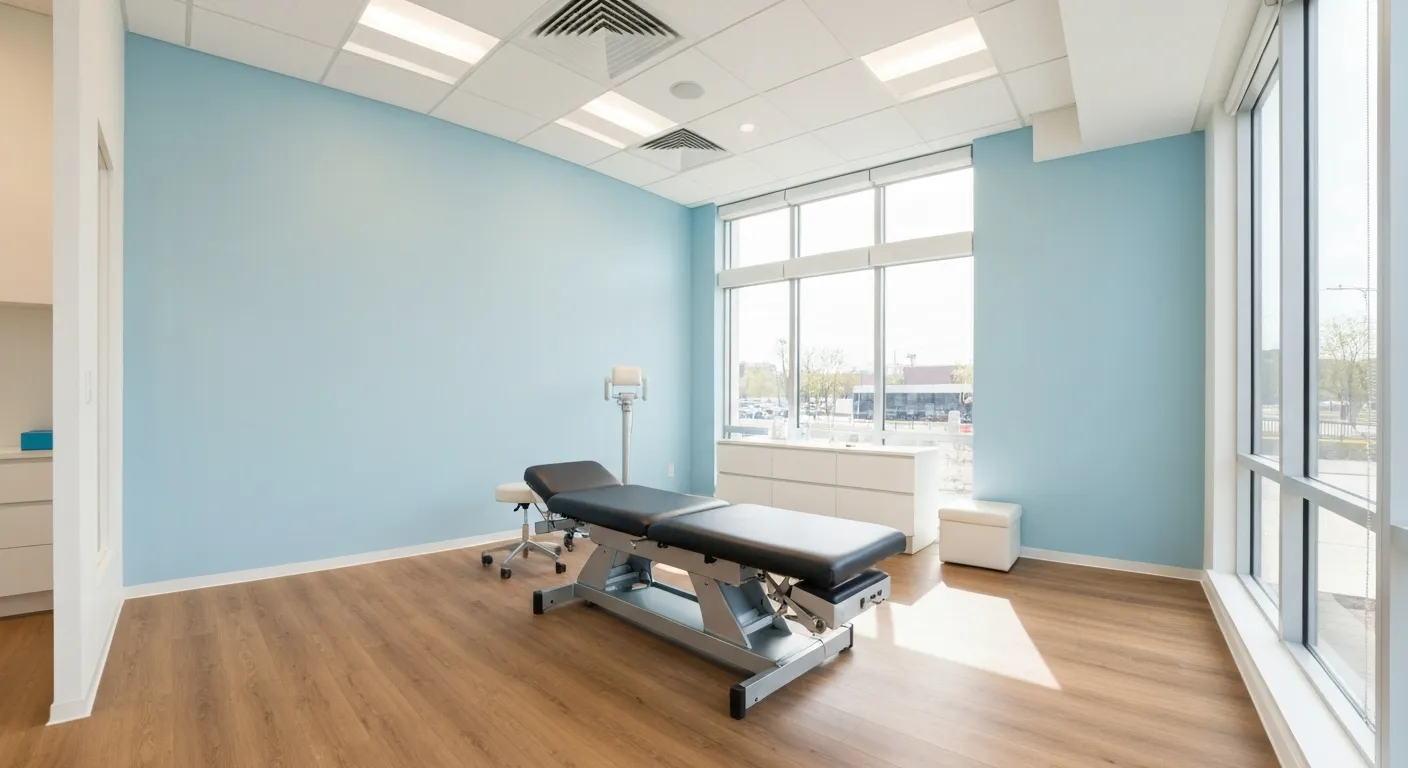
What to Expect During Your First Chiropractic Visit

Simple Lifestyle Adjustments to Maintain a Healthy Spine

Personalized Nutritional Counseling for Improved Health Outcomes

Exploring Non-Surgical Treatments for Spine-Related Conditions

An Introduction to Spinal Decompression for Sciatica Patients

Transformative Success Stories: Patient Experiences with Chiropractic Treatments

Why Chiropractic Care Is Essential for Back Pain Relief

Addressing Underlying Causes Versus Symptom Management in Pain Care

The Role of Nutrition in Enhancing Chiropractic Treatment Effectiveness

Sciatica Treatment Options: Is Spinal Decompression Right for You?

Lifestyle Tips to Maintain a Healthy Spine and Prevent Back Issues

The Synergy Between Physiotherapy and Chiropractic Treatments

What Happens During Your Initial Chiropractic Consultation

Effective Corrective Exercises for Sustainable Pain Management

Taking a Root Cause Approach to Chronic Pain Management

Holistic Pain Management Techniques Without Surgery

How Patient Success Stories Validate Chiropractic Care Benefits

Spinal Decompression: Innovative Treatment for Sciatic Nerve Pain

Spinal Decompression Therapy: A Non-Invasive Approach to Sciatica Relief

Exploring Holistic Approaches Beyond Surgery for Pain Relief

Practical Lifestyle Advice to Support a Healthy Spine Every Day

Corrective Exercise Routines Designed for Long-Term Pain Prevention

Real Patient Stories: Overcoming Chronic Pain with Chiropractic Care

Lifestyle Changes That Promote a Healthy Spine and Prevent Injury

How Addressing the Root Cause of Pain Leads to Lasting Relief

Non-Surgical Holistic Therapies to Manage Chronic Pain Effectively

Nutritional Counseling's Impact on Physical Health and Healing

Benefits of Regular Chiropractic Care for a Stronger Back

Your First Chiropractic Visit: What to Expect and How to Prepare

Patient Experiences: How Chiropractic Care Transformed Their Lives

Exploring Holistic, Non-Surgical Options for Pain Management

Combining Physiotherapy with Chiropractic Treatments for Enhanced Recovery

Holistic Treatments That Offer Alternatives to Surgery for Pain Relief

Corrective Exercise Strategies for Long-Term Spine Health

How Physiotherapy Complements Chiropractic Adjustments for Better Outcomes

First-Time Chiropractic Visitors: What You Should Know

Understanding the Importance of Treating Pain at Its Source

Adopting Lifestyle Changes to Support Your Spine's Wellness

Utilizing Physiotherapy to Enhance Chiropractic Treatment Outcomes

The Key Advantages of Chiropractic Care for Back Pain Sufferers

Why Focusing on Root Causes Improves Pain Treatment Success

Corrective Exercises That Promote Lasting Pain Relief and Mobility

Sciatica Relief Through Targeted Spinal Decompression Techniques

Preparing for Your First Chiropractic Appointment with Confidence

Healthy Lifestyle Habits for Maintaining Spinal Alignment

Success Stories Highlighting Chiropractic's Role in Pain Recovery

Top Benefits of Chiropractic Care for Chronic Back Pain

Nutrition Tips to Boost Your Overall Wellness and Recovery

How Chiropractic Care Alleviates Back Pain Naturally

How Nutritional Counseling Supports Overall Wellness and Spine Health

Step-by-Step Guide to Your First Visit with a Chiropractor

Using Nutrition to Support Chiropractic and Overall Wellness

Integrating Physiotherapy in Your Chiropractic Healing Journey

How Physiotherapy Complements Chiropractic Adjustments for Faster Healing

Lifestyle Tips for Maintaining a Healthy Spine and Preventing Back Pain

Heartwarming Patient Testimonials Highlighting Chiropractic Success

How Proper Nutrition Supports Chiropractic and Physiotherapy Treatments

Combining Physiotherapy and Chiropractic Treatments for Optimal Recovery

Why Chiropractic Treatments Are Effective for Managing Back Pain

Choosing a Chiropractor: Tips for Finding a Trusted Provider

Integrating Physiotherapy and Chiropractic: Benefits and What to Expect

How Tailored Corrective Exercises Can Aid in Pain Management

Chiropractic Care: A Proven Solution for Alleviating Back Pain

What to Expect at Your First Chiropractic Visit: A Comprehensive Guide

The Importance of Root Cause Analysis in Effective Pain Management

The Role of Corrective Exercises in Sustaining Pain-Free Living

Combining Chiropractic and Physiotherapy for Comprehensive Pain Relief

How Addressing Underlying Causes Improves Pain Treatment Effectiveness

Maintaining Spinal Health Through Lifestyle Changes and Preventive Care

Understanding the Benefits of Chiropractic Adjustments for Back Pain Sufferers

